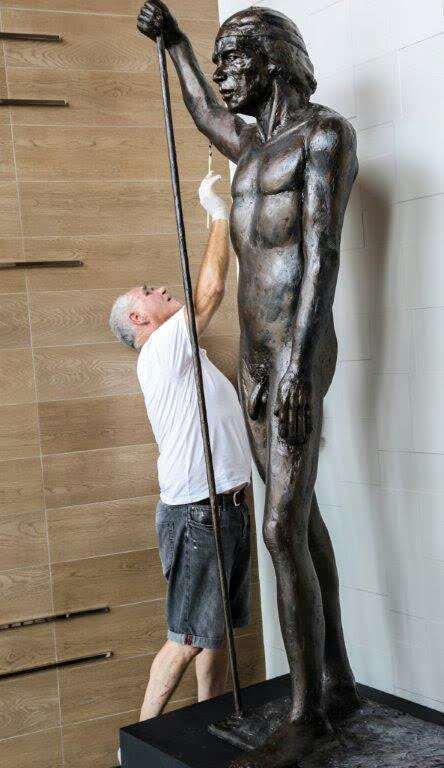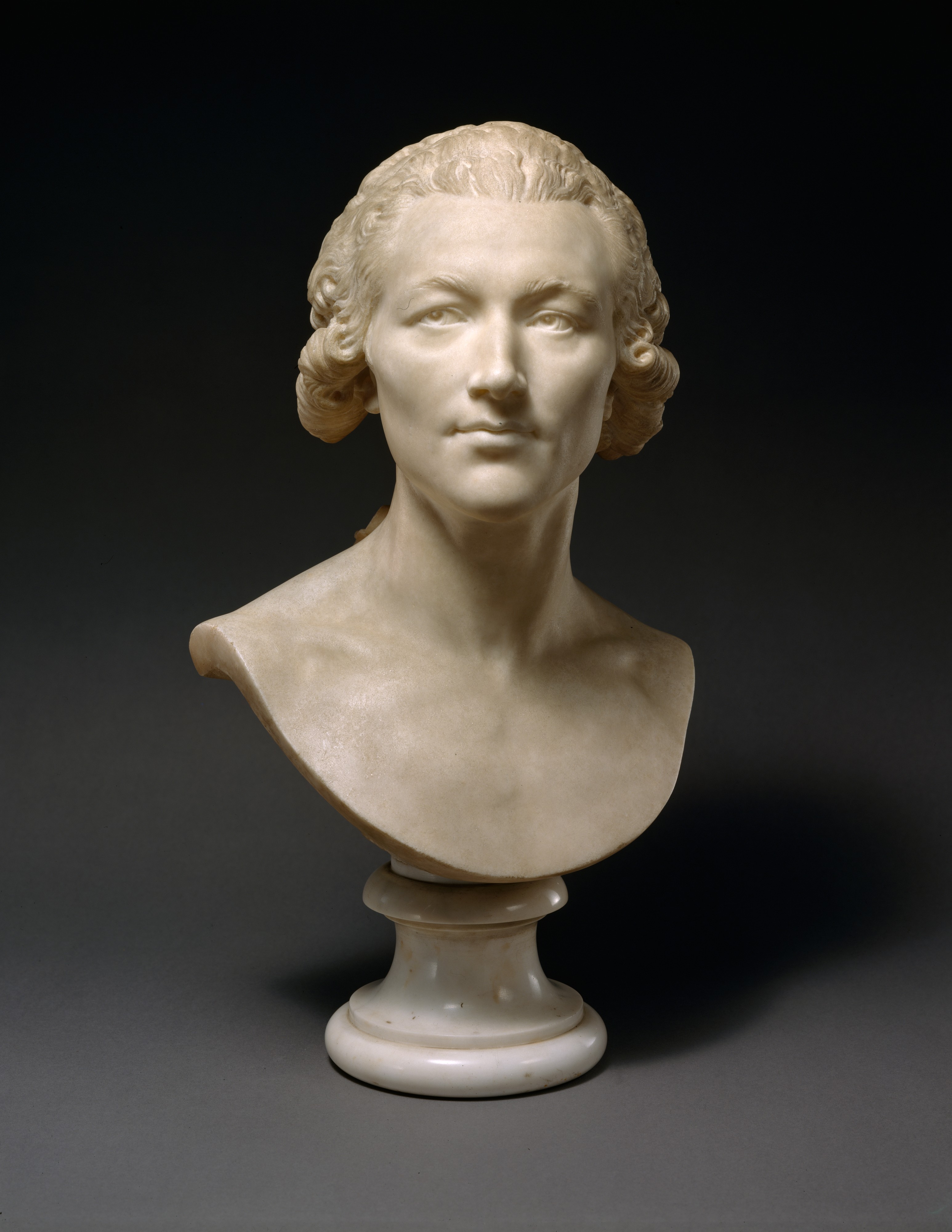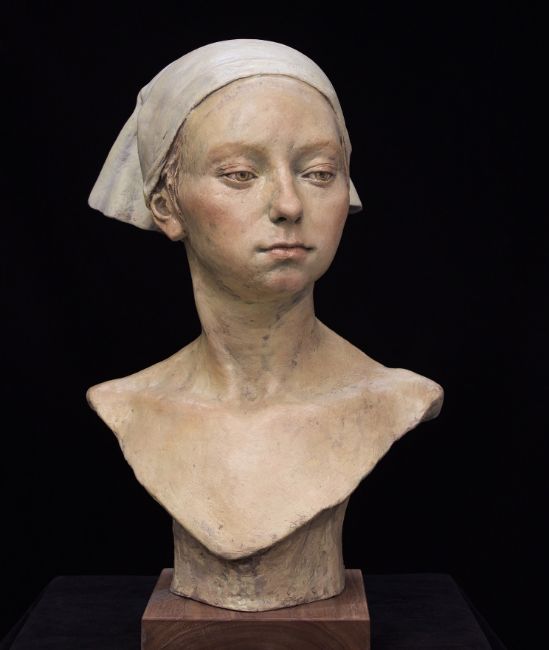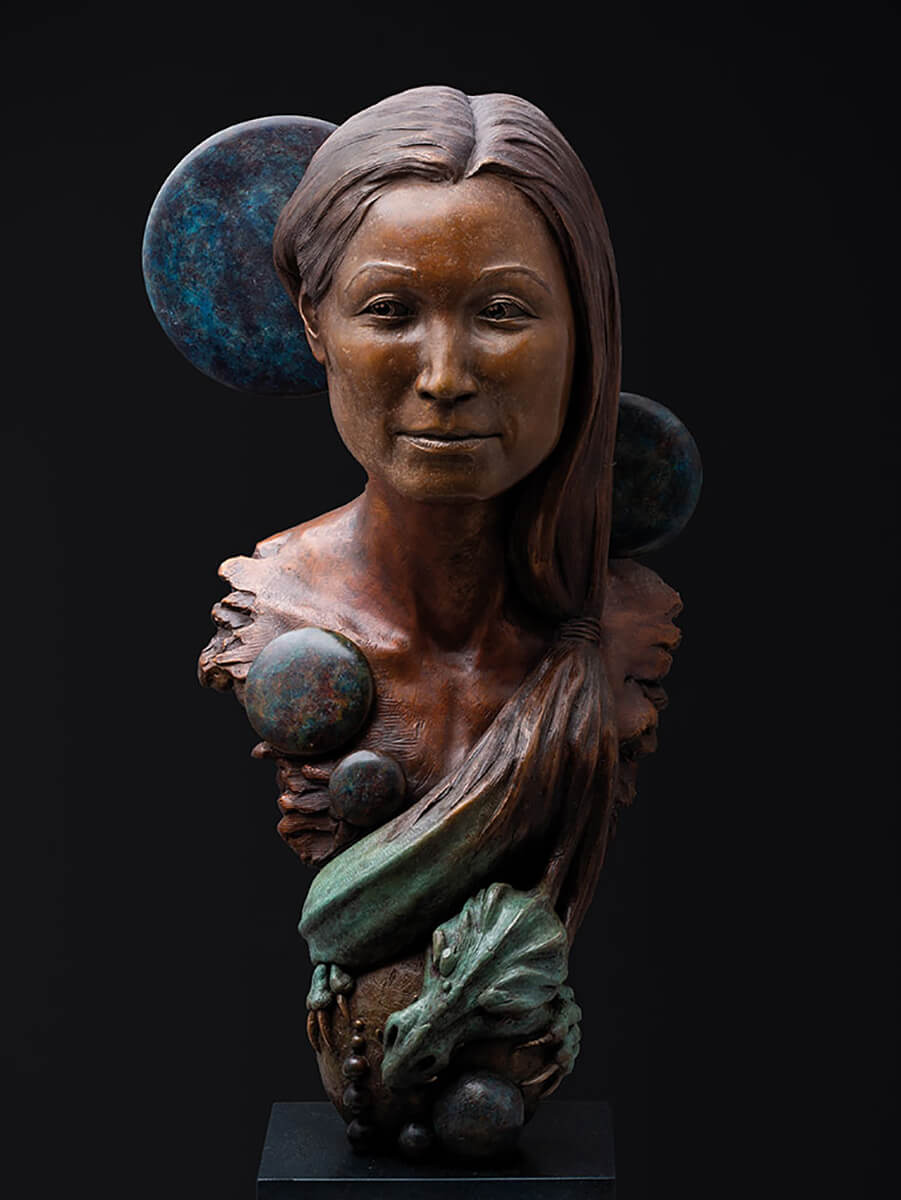Portrait Sculptor: Capturing Essence in Three Dimensions
Wiki Article
The Evolution of Sculptures: From Old to Modern
The Development of Sculptures: From Ancient to Modern. Robert C Hitchcock Sculptor.Sculpture, one of the oldest types of art, has been an indispensable part of human world for centuries. From the ancient civilizations of Egypt and Greece to the modern-day era, sculptures have advanced, reflecting modifications in creative methods, materials, and social impacts. This trip through time traces the advancement of sculptures, discovering the shifts in vogue, topic, and creative expression.
Starting with the old globe, sculptures crafted from rock and later bronze recorded the essence of divine beings, leaders, and day-to-day life. The Renaissance duration saw a rebirth of classical sculpting techniques, as artists sought to replicate the elegant forms of ancient Greek and Roman sculptures (Portrait Sculptor). In the modern period, artists challenged typical limits, embracing abstraction and trial and error with new materials
This exploration will certainly delve right into the diverse advancement of sculptures, disclosing the abundant tapestry of artistic expression throughout different durations and societies.

Old Sculptures: From Rock to Bronze
Ancient sculptures transitioned from being sculpted out of rock to being cast in bronze. This shift noted a significant evolution in the art of sculpture, enabling greater improvement and information in the ended up jobs. Stone sculptures, while excellent in their own right, were limited by the nature of the product. Rock called for substantial sculpting and shaping, usually resulting in a much more streamlined representation of the topic.The introduction of bronze as a tool for sculptures caused a change in imaginative expression. Bronze offered sculptors the opportunity to produce natural and detailed types that were not feasible with stone. The process of casting bronze enabled the development of several copies of a sculpture, making it possible for bigger distribution and preservation of these artistic masterpieces.
The change from stone to bronze also saw a change in the subject issue of sculptures. While rock sculptures predominantly portrayed gods, goddesses, and mythological figures, bronze sculptures began to mirror a more comprehensive variety of topics, consisting of daily people and animals. This growth of subject showcased the adaptability and versatility of the bronze medium.
Renaissance Resurgence: Sculpting in the Classical Style
The Renaissance resurgence of sculpture saw a rebirth in the classic style, building upon the improvements made during the transition from stone to bronze in old sculptures. During this duration, musicians sought to recreate the classical visual and perfects of appeal that prevailed in old Greek and Roman sculptures.Among the essential qualities of the Renaissance revival was the focus on naturalism and the human type. Artists like Donatello and Michelangelo make every effort to catch the anatomical information and expressions of their subjects with unprecedented accuracy. They studied the body and included their observations right into their sculptures, leading to realistic and realistic depictions.
An additional essential facet of the Renaissance resurgence was the expedition of point of view and depth. Musicians used strategies such as contrapposto, where the weight of the body is moved away, creating a feeling of activity and dynamism. They also tried out with different products, including marble and bronze, to accomplish a degree of elegance and intricacy in their sculptures.

Modernism and the Avant-Garde: Breaking Standard Boundaries
Throughout the Innovation and Avant-Garde activities, sculptors pushed the limits of standard imaginative conventions. This period, which emerged in the late 19th and early 20th centuries, saw a remarkable shift in the means musicians came close to sculpture. Declining the concept of art as simple imitation, modernist sculptors looked for to explore brand-new kinds, materials, and principles.
Among the key qualities of modernist sculpture was the focus on abstraction. Artists relocated far from practical representations and rather concentrated on catching the significance of the topic through streamlined types and geometric forms. This separation from conventional representation permitted musicians to reveal their feelings and concepts in an extra personal and subjective manner.

Contemporary Sculptures: Checking Out New Products and Concepts
With an emphasis on discovering new materials and concepts, contemporary sculptures have revolutionized the field of art. Artists today are pushing the limits of typical sculpture by exploring and using ingenious materials with abstract ideas. These sculptures challenge traditional notions of kind, materiality, and definition, inviting audiences to participate in a thought-provoking and brand-new imaginative experience.Contemporary sculptors are embracing a vast array of products, including plastic, glass, metal, and also raw material. They are not limited to the traditional tool of rock or clay, permitting better civil liberty and trial and error. This change towards unique materials has opened up new possibilities for musicians to develop sculptures that are dynamic, interactive, and visually striking.
In addition to checking out new products, modern sculptures also delve right into facility and abstract principles. Artists are currently checking out themes such as identification, social issues, and the atmosphere, using sculpture as an effective medium for social discourse and self-contemplation. These sculptures test customers to think seriously and engage with art on a much deeper level, triggering conversations and provoking emotional responses.
International Influences: Sculptural Traditions From Around The Globe
Sculptural customs from various areas of the globe have considerably shaped the advancement of sculptures throughout history. The international influences on sculpture have actually varied and have actually added to the splendor and variety of creative expressions. From the old people of Egypt, Greece, and Rome to the intricate carvings of Asian societies, each region has actually developed its special sculptural traditions that have actually influenced musicians throughout time.In ancient Egypt, sculptures were produced mainly for spiritual and funerary functions. The legendary sculptures of pharaohs and gods, such as the Great Sphinx and the bust of Queen Nefertiti, display the Egyptians' proficiency of rock sculpting and their idea in the afterlife.

In old Rome, sculpture served both political and creative purposes. Roman sculptures usually depicted emperors, generals, and mythological figures, reflecting the power and magnificence of the realm. The marble statue of Augustus of Prima Porta and the significant Arch of Constantine are remarkable instances of Roman sculptural success.
Asian sculptural practices, particularly in India, China, and Japan, have likewise had an extensive effect on the evolution of sculptures. Indian sculptures, such as the intricately carved temples of Khajuraho and the gigantic statues of Buddha, display a rich combination of spiritual, mythical, and building elements. Chinese sculptures, defined by their fine craftsmanship and interest to detail, usually represent divine beings, pets, and fabulous numbers. Japanese sculptures, affected by Buddhism, stress simpleness and harmony, seen in the peaceful sculptures of Buddha and the sophisticated art of bonsai.
The global impacts on sculpture remain to progress in the contemporary era. Musicians today draw motivation from various sculptural traditions, incorporating new materials, techniques, and ideas to create cutting-edge and thought-provoking art work. The fusion of various social impacts has triggered a vibrant and diverse sculptural landscape, mirroring the interconnectedness of our international society. As we aim to the future, it is particular that the worldwide influences on sculpture will certainly remain to form and redefine this old art form.
Conclusion
In verdict, the evolution of sculptures has seen a change from old stone and bronze functions to the classical resurgence throughout the Renaissance. Today, contemporary sculptures check out brand-new materials and principles, while likewise attracting inspiration from worldwide sculptural traditions.From the old people of Egypt and Greece to the modern age, sculptures have developed, showing modifications in creative methods, products, and social influences.Beginning with the old world, sculptures crafted from rock and later on bronze captured the essence of divine beings, leaders, and everyday life.Ancient sculptures transitioned from being carved out of stone to being cast in bronze. While rock sculptures primarily illustrated gods, sirens, and mythical numbers, bronze sculptures started to reflect a wider array of topics, consisting of day-to-day individuals and pets.In conclusion, the advancement of sculptures has seen a shift from Find Out More ancient stone and bronze works to the classical revival during the Renaissance.
Report this wiki page